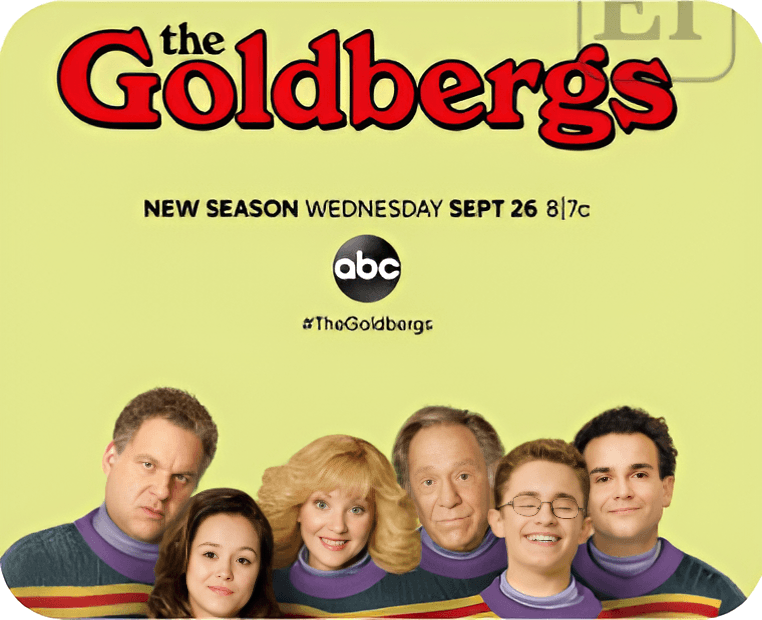On Camera Acting in Singapore
Though theatre training forms the foundation for many actors, mastering the art of on-camera performance is vital for a well-rounded and captivating career, particularly in Singapore's film industry. The shift from stage to screen acting can be a hurdle for newcomers to the medium, highlighting the importance of meticulous preparation to truly shine on camera.
While stage acting focuses on refining the body and voice for impactful communication, on-camera acting requires a trifecta of skills. In this realm, the face becomes another crucial tool for actors. Veteran acting coach John Sudol echoes this sentiment, highlighting the need for on-camera actors to excel in all three channels of nonverbal communication: body, voice, and face. Mastering these elements is key to an actor's adaptability, allowing them to shine on both the stage and screen.
One fundamental aspect of on-camera acting is achieving "emotional alignment," which involves effectively conveying internal thoughts and emotions. Sudol employs an emotional screen test that revolves around the seven universal emotions (sadness, anger, fear, disgust, contempt, joy, and surprise) to help actors assess their ability to authentically express these emotions. Some individuals tend to internalize their emotions, keeping them hidden, while others externalize emotions, needing more stimuli to connect with intense feelings. Sudol suggests that similar principles can apply to headshots, where actors might struggle to convey a range of emotions convincingly.
One way to enhance emotional alignment is by taking acting courses, where you can learn techniques to effectively express emotions.
You can also delve deeper into the world of emotions by studying the performances of renowned actors in films.
To gain personal feedback on your emotional portrayal, consider self-taping your performances and reviewing the footage. Involving a friend in this process can offer valuable insights.
Finally, exploring relevant literature like Andrea Morris's "The Science of On-Camera Acting" can provide a roadmap to mastering believable on-camera acting techniques, ultimately improving your emotional alignment.
The transition from stage to screen can be tricky for actors, who often grapple with the fear of going overboard. The saying "theatre is big, film and TV are small" rings true, and stage actors accustomed to projecting for large audiences can find themselves holding back in auditions and filming, resulting in performances that lack emotional connection.
This is especially true for actors trained in the Meisner technique, known for its emphasis on truthful emotions. To thrive on camera, both in Singapore's film industry and elsewhere, actors must learn to adapt their craft for the camera's close proximity while still delivering powerful performances.










